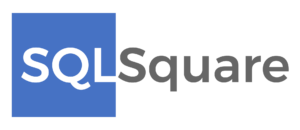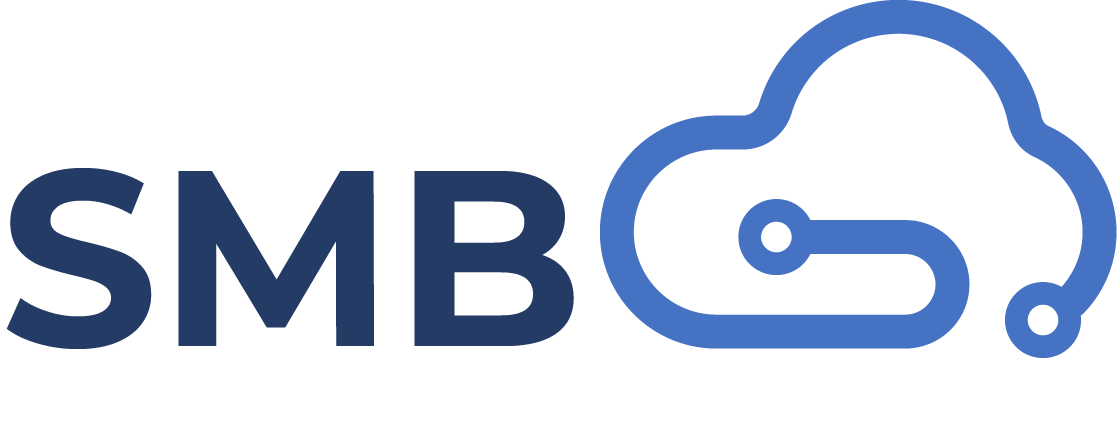Overview of the Challenges for Sales Managers and Financial Analysts at Pharmaceutical Manufacturers
Typically, a Pharmaceutical manufacturer sell its products to distributors. The sales of products from manufacturer to various distributors is generally referred as Tier 1 sales. Manufacturer’s financial system or ERP (Enterprise Resource Planning) system keeps track of all the Tier 1 sales transactions as part of its accounts receivable system.
Various distributors distribute manufacturer’s products to retail pharmacies. Sales from these distributors to retail pharmacy is generally referred as Tier 2 sales. At this point, manufacturer does not have adequate knowledge about sales of its products to pharmacies. Manufacturer generally relies on third-party data sources to obtain this sales information or have arrangement with their distributors to provide sales transaction data. Third party or distributors provide transactional data to manufacturer on a set frequency. The content and format of such transaction data from each distributor varies. The same retail pharmacy customer has different customer codes among various distributors. Similarly, each distributor has its own unique coding system to denote the products from the manufacturer. This makes is very challenging to consolidate the data into a single repository to understand and analyze the Tier 2 (Distributor to Pharmacy) sales data.
Tier 2 sales data is generally used to calculate professional allowances that manufacturer pays to pharmacy. Generally, there is very limited capability in the manufacturer’s existing ERP system to accommodate these Tier 2 transactions.
Manufacturers ERP system lacks capabilities to maintain highly customized and frequently changing complex professional allowance rate structures and perform the calculations to pay professional allowances. Sales Managers and Finance professionals at most pharmaceutical manufactures calculate professional allowances for thousands to retail pharmacy customers using complex spreadsheets and worksheets.
These manual calculations take efforts and time and accuracy of the calculations always remains a concern. The reconciliations of such professional allowance payments for auditing and compliance is generally labor intensive and time consuming if not impossible.
Payment of professional allowance is generally delayed by weeks after the realization of sales. PharmaSMS addresses and resolves all these challenges and brings competitive advantage by not only perfecting the accuracy of the calculations but also providing speed and agility.
Retail pharmacy fulfills the prescriptions to end customers (users) of products. This is referred as Tier 3 sales. For the purpose of this whitepaper, we will ignore the Tier 3 Sales.


